[Editor’s note: This is the first in a long overdue series introducing the different ACU physics projects. This story is by ACU students Kyle Gainey and Spenser Lynn.]
Everything in the universe, from the smallest particles to the largest stars, is controlled by the laws and forces of nature. These forces cause an apple to fall to the ground and even give power to the sun. Phenomena such as these have fascinated people for ages and their curiosity has led them to ask the question, why? Physics is a natural science with the goal of explaining the laws of nature in a defined, mathematical way. The men and women who study physics are called physicists and, using the scientific method, they work to unravel the mysteries of the universe. To do this, physicists try to find out what everything is made of and how it works. By now, they have learned a lot: all things are made of tiny bits of matter called molecules. The smallest drop of water possible is a water molecule (H2O). Molecules are made of smaller particles called atoms. Atoms form into different types called elements and are organized on the periodic table of elements. A water molecule, for example, is made of two hydrogen atoms and one oxygen atom. Smaller still are protons, neutrons, and electrons which build atoms. Most high school text books stop at protons, neutrons, and electrons and declare them to be the smallest building blocks of nature, but nuclear physicists are interested in even smaller particles such as quarks and gluons, which make up protons and neutrons. Observing these microscopic particles with the human eye or even a microscope is impossible, so it is necessary to build large detectors that use high speed technology and computers in order to make observations about these particles.
One such detector is the Pioneering High Energy Nuclear Interaction eXperiment, also known as the PHENIX Experiment. PHENIX is so large that one person could not operate it alone, so hundreds of physicists from all over the world work together in a team called a collaboration. PHENIX is the largest of four particle detectors at the Relativistic Heavy Ion Collider (RHIC) at Brookhaven National Lab on Long Island, New York. PHENIX is made up of many different parts, each of which play a specific role in the experiment. Altogether, PHENIX weighs more than 6,000,000 pounds and is larger than a house. By using PHENIX and RHIC, physicists hope to better understand the fundamental laws of physics, the Big Bang, and a new state of matter called Quark-Gluon Plasma that may have existed in the moments after the beginning of the universe.
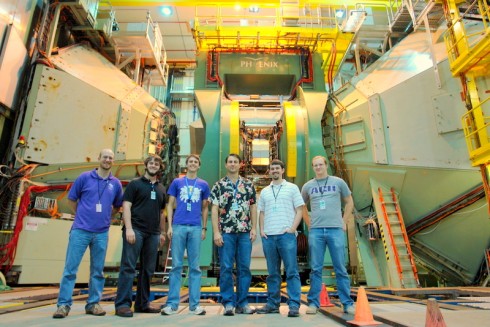
ACU students and professors standing in front of the PHENIX detector at RHIC (click for a slightly larger version).
In order to to study quarks, gluons, and other small particles, physicists at PHENIX follow a multi-step procedure that begins with a gold ion beam and ends with a published paper. Beginning at the Tandem Van de Graff, a gold ion beam is produced. A gold ion is a gold atom that has some of its electrons stripped away. The ion beam travels through a pipe that uses magnets to direct the beam to the booster. At the booster, the beam’s energy is increased and the particles are accelerated. The beam then travels to the Alternating Gradient Synchrotron (AGS), where it is accelerated again before traveling to the RHIC beam line. Once in RHIC, the beam is traveling at 99.995% of the speed of light, which is about 671,000,000 miles per hour. RHIC is a circle with a circumference of two miles, and located at different location along the ring are the four particle detectors. Before entering RHIC, the ion beam is split in half, with half of the beam traveling around RHIC clockwise and the other half traveling counterclockwise. The beams are kept in two parallel beam pipes that only intersect at the detectors. At PHENIX, the two beams collide and the gold ions smash into each other with enormous amounts of heat and energy. The temperature inside of a collision is greater than one trillion degrees Fahrenheit. When the ions collide, they create a shower of particles, and different kinds of particles are scattered in all directions. These particles then travel through the many types of detectors in PHENIX where high speed electronics record what happened. The signals from the electronics are then sent from the detector and are organized into an event and recorded. The events are continuously monitored to ensure that nothing has gone wrong. The data are then sent to the RHIC computing facility for processing. Supercomputers process the data and reconstruct it so that physicists can learn things such as the particle type, momentum, energy, and charge. After reconstruction, the data are analyzed. By looking at the collected data, physicists hope to make new discoveries about elementary particles, the Quark-Gluon Plasma, and proton spin. Their finding are then published in a scientific paper to be shared with the rest of the scientific community.
The research going on at PHENIX is real and is making an impact on the lives of people all over the world. From medical applications such as cancer treatment and MRI, to improving nuclear energy and other forms of alternative fuels, physicists are working to solve some of the most pressing challenges today. The future looks bright for PHENIX and all fields of physics as physicists continue to probe deeper into the mysteries that exist in our universe and continuously learn new things.
–Kyle Gainey and Spenser Lynn
 Two recent rankings of American universities recognize Abilene Christian University as an outstanding institution:
Two recent rankings of American universities recognize Abilene Christian University as an outstanding institution:

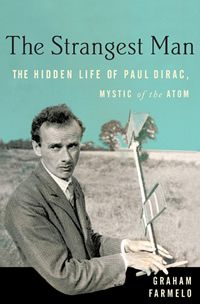
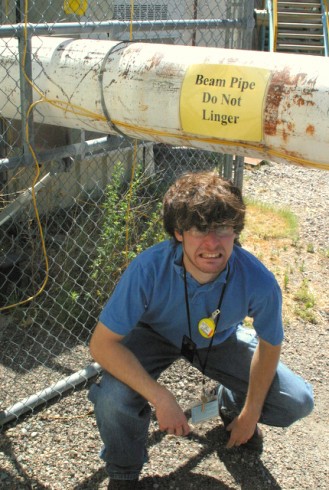
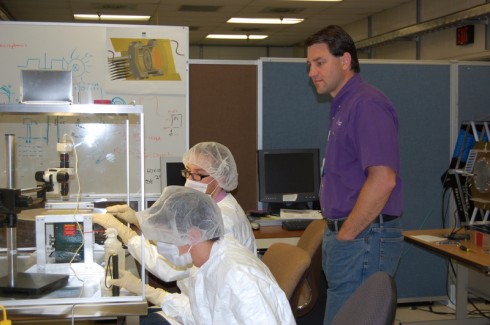
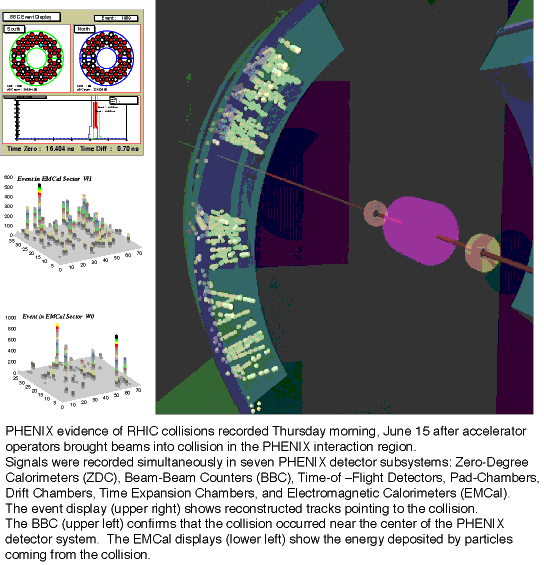
Michael Daugherity on ACU and PHENIX celebrate 10 years of working together
11:48 am, 08.24.10
I’m curious about what you mean, omi. If you’re referring to the stories about particle accelerators creating a black hole and destroying the Earth (the Daily Show did a great story with Steve Carrel when RHIC started, there have been many similar stories with the LHC start-up) then this is why I’m not concerned:
There are naturally occurring collisions that are many thousands of times more powerful than anything we can create in a lab.
Since cosmic rays with energies of 10^18 eV and above don’t destroy the Earth, we can’t either. This is our version of common sense.
Personally, I’m rather fond of living on Earth. We plan on keeping it far away from black holes.
-Dr. D